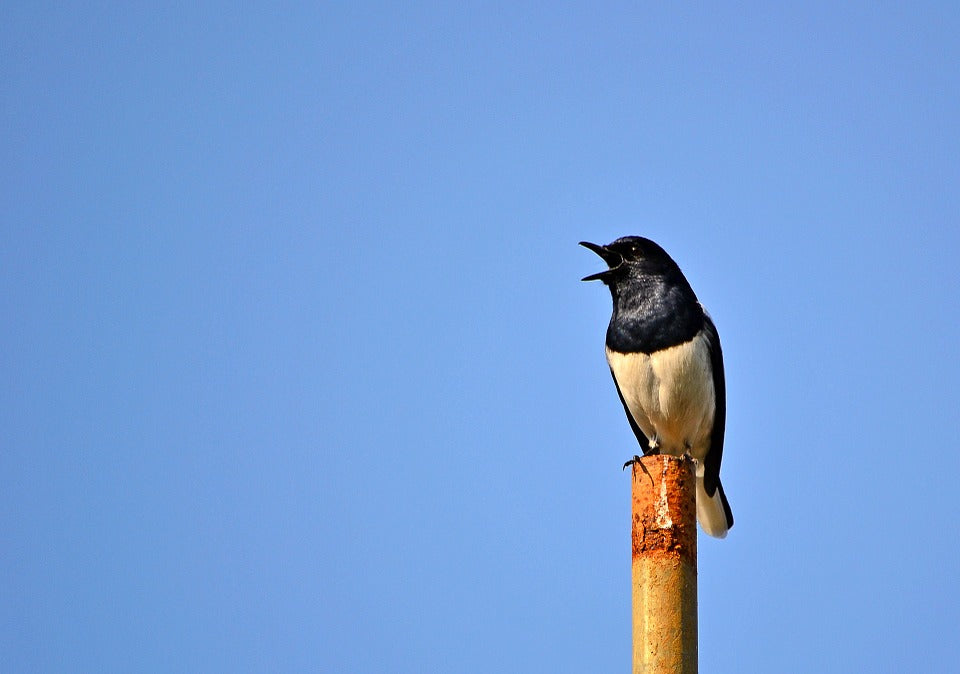Offer
Provide additional details about the offer you're running.
Provide additional details about the offer you're running.
Provide additional details about the offer you're running.

When it comes to visually identifying birds at your backyard feeders you’ve got it mastered, right? Even if something out of the ordinary comes by, you are likely able to jot down or remember a few key characteristics and consult your favourite field guide to determine the species.
The same cannot be said for most of us when it comes to identifying birds through song. While some of us may be able to pick out common songs from species such as chickadees and robins, more often than not we are met with a song that pleases the ear but taxes our mind. What is that beautiful tune?
With that in mind, for those so inclined, we have compiled five great ways you can step up your bird song game and identify more birds using only your audible senses.
Start Simple
I can only assume at this point that in your yard is a feeder or two, and if not, you are likely treated to the sight of a bird or two from time to time. Use this experience to better identify what you already have native to your area. Head out early in the morning and observe any birds that you can spot and really try to identify their tune. Starting with the birds you are already familiar with is a great starting point as you expand on your bird song repertoire.

Cardinals have a relatively easy-to-learn song.
Break It Down
Generally speaking, you can break apart a birds song into a number of notes that will often give you clues that will lead you to identify the bird in question. Pay attention to the rhythm, pitch, repetition, clarity, and tone of the song as many birds have characteristic song traits you can draw from these parts of their songs.
Technology
Yes, there’s an app for that. Apps such as Larkwire are available for download and play like a game-like learning system for identifying bird calls. Broken down by a beginner, intermediate and challenging songs, the app proves to guide you on your journey of song identification.
In addition to Larkwire and other apps like it, the Macaulay Library at Cornell’s Lad of Ornithology has a massive database of songs and calls you can either use to study or help you in identifying something you heard.

Find a Friend or Mentor
The birding community is tight-knit and a day rarely goes by where I do not get to meet another avid, experienced or beginner birder. Just the same as we at the store are always asked a variety of questions, find someone who knows more than you and asks to tag along on a field trip. In addition to learning new notes, you will get to spend quality time in the field and get an education at the same time.
Sound it Out
Even though they are simple tones, many birders will sound an unfamiliar song out into close-sounding words. Learning a song by associating a tone with words can help you to learn the song itself, better identify it in the future and describe it to others. Some examples of this practice would be the sound of a Northern Cardinal singing cheer, cheer, cheer, a chickadee seemingly saying its name or a barred owl exclaiming “who cooks for you?”
High Quality Blend